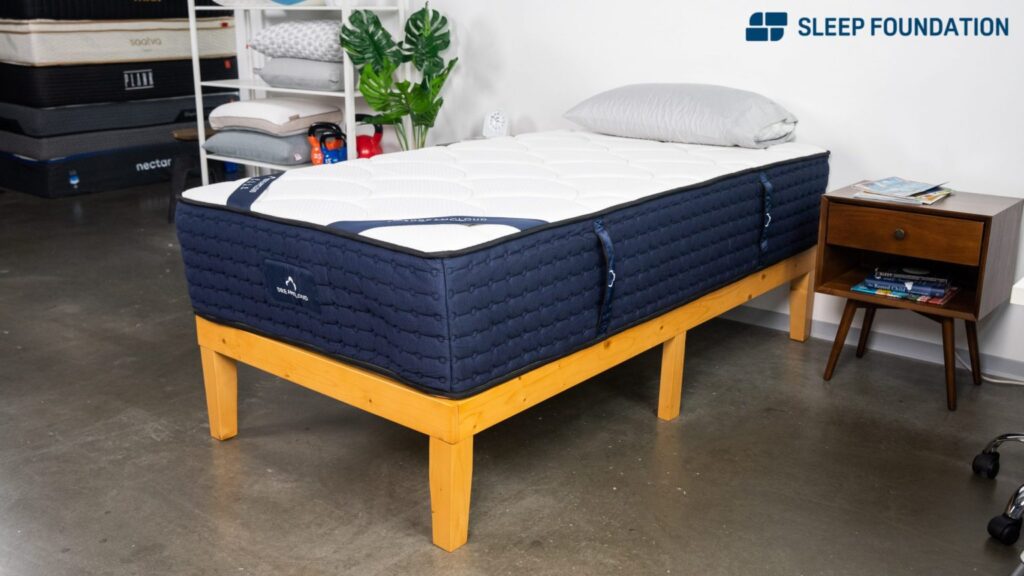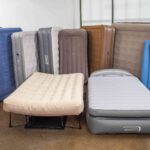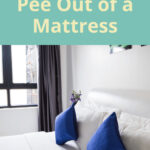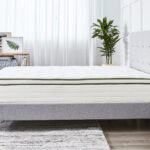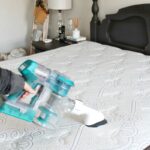Choosing the right mattress for your child is an important decision. The right mattress can ensure your child has a comfortable and restful night’s sleep. This article will provide parents with tips on how to choose the perfect mattress for their child. From considering factors like size and firmness to researching mattress materials, this guide will provide parents with the information they need to make an informed decision.
Benefits of Mattresses for Children
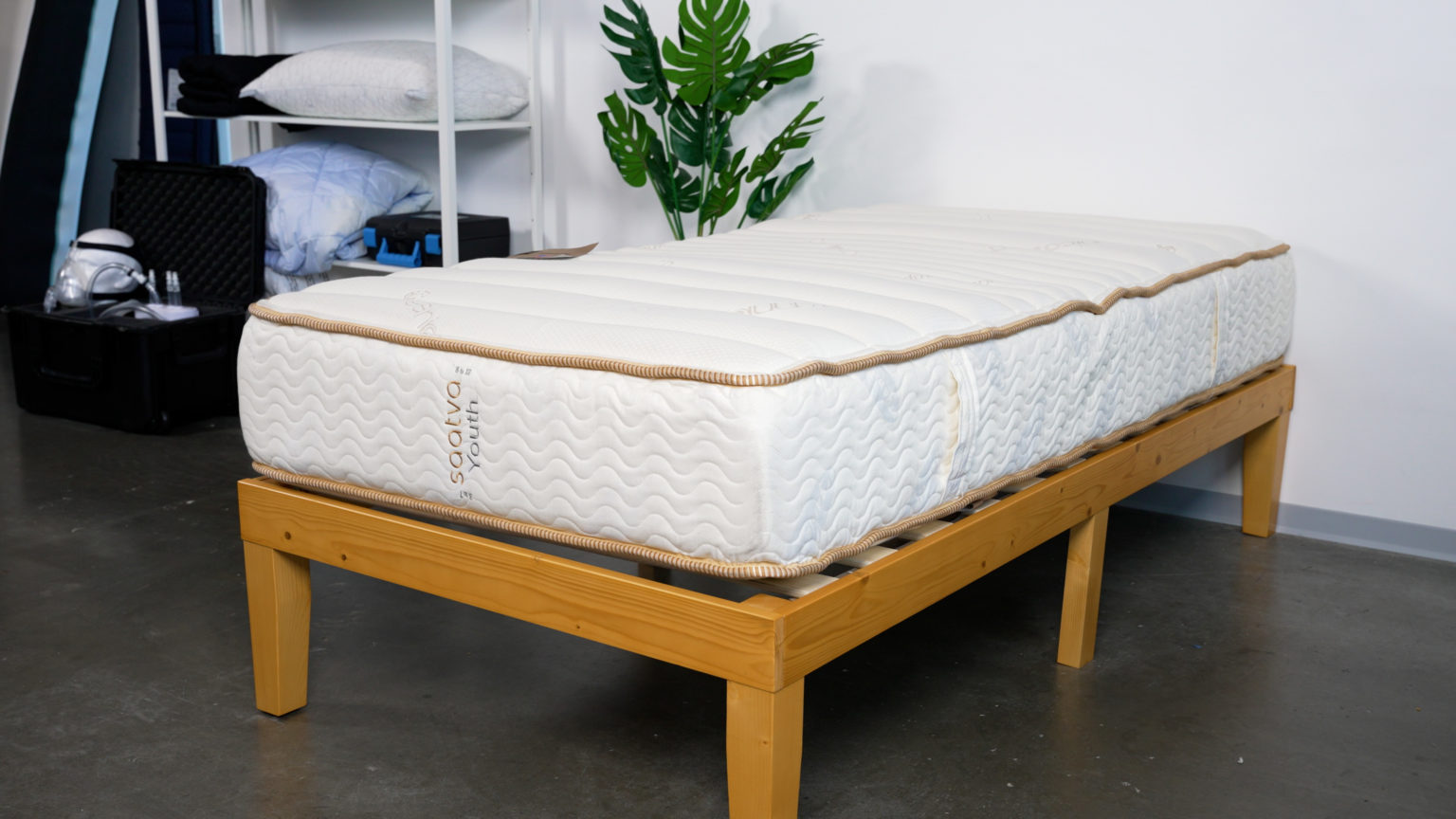
A good mattress is important for a child’s health and overall development. The benefits of a comfortable and supportive mattress include:
- Correct spinal alignment and postural support, which can aid in proper growth and development of the spine
- A comfortable sleeping environment that can help children to fall asleep and stay asleep
- Reduced risk of developing aches and pains, such as backaches, neck pains, and joint pains
- Improved circulation, which can help to reduce the risk of developing health conditions, such as asthma and allergies
- Reduced stress and fatigue, which can lead to improved concentration and productivity during the day
When choosing the right mattress for your child, it is important to consider the type of mattress that will provide the best comfort and support, as well as the size, firmness, and material that is best for your child’s needs. Memory foam and Hybrid mattresses are often the best type of mattress for a child, as they provide excellent comfort and support, while also being durable, breathable, and easy to clean.
Types of Mattresses for Children
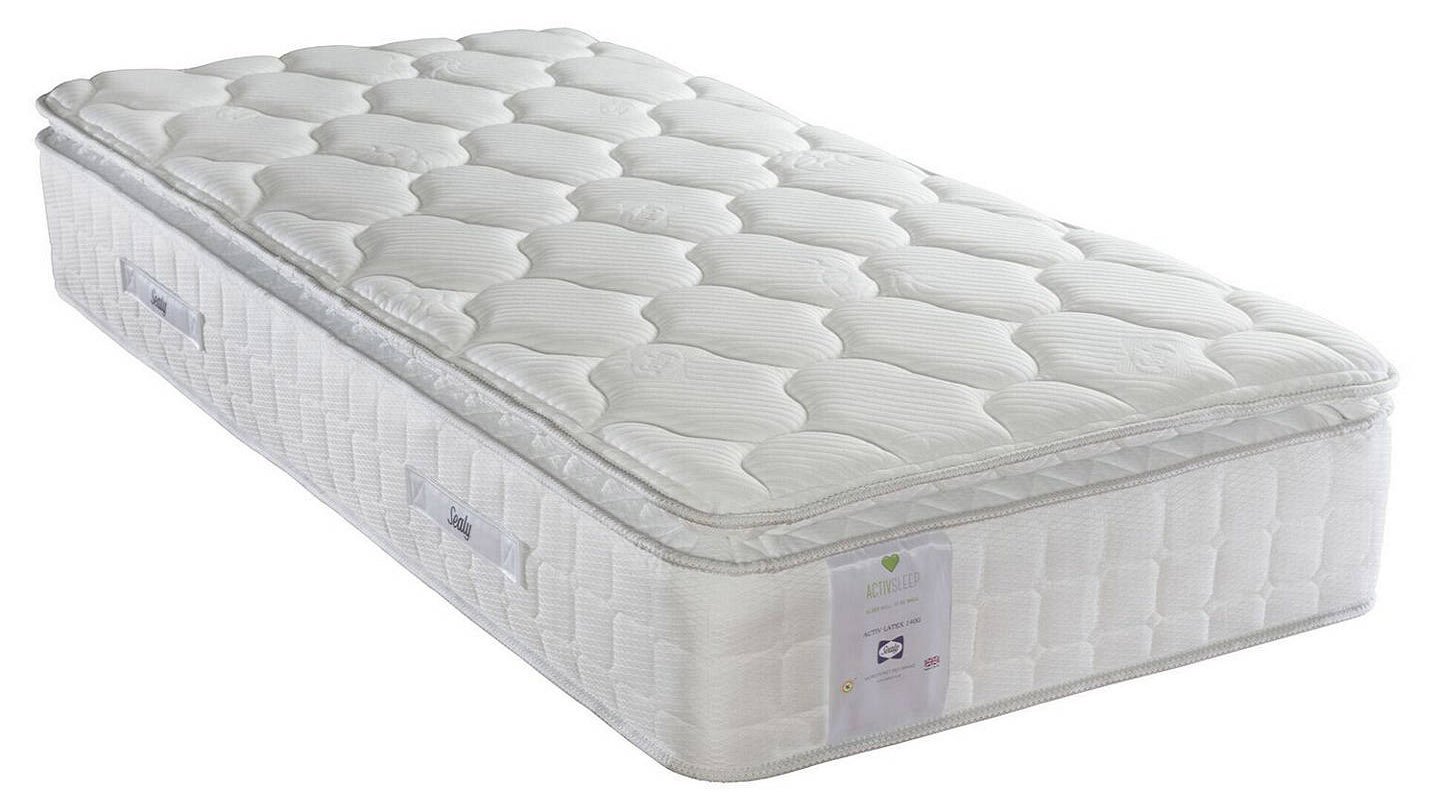
Foam Mattresses
Foam mattresses are a popular choice for children’s mattresses because they are lightweight, comfortable, and affordable. Foam mattresses are made from polyurethane foam and provide a supportive, pressure-relieving surface. They are available in a variety of densities and thicknesses, so you can find one that meets your child’s needs.
Innerspring Mattresses
Innerspring mattresses are a traditional option for children’s mattresses. They are made from coils and provide good support for growing bodies. An innerspring mattress is durable and can last for many years. It is important to choose a mattress with enough coils to provide good support for your child’s body.
When it comes to choosing the perfect mattress for your child, there are many factors to consider. Comfort, support, and durability are all important considerations when determining what mattress is best for your child. Doing your research and shopping around can help you find the perfect mattress for your child’s needs.
How Firm Should a Child’s Mattress Be?
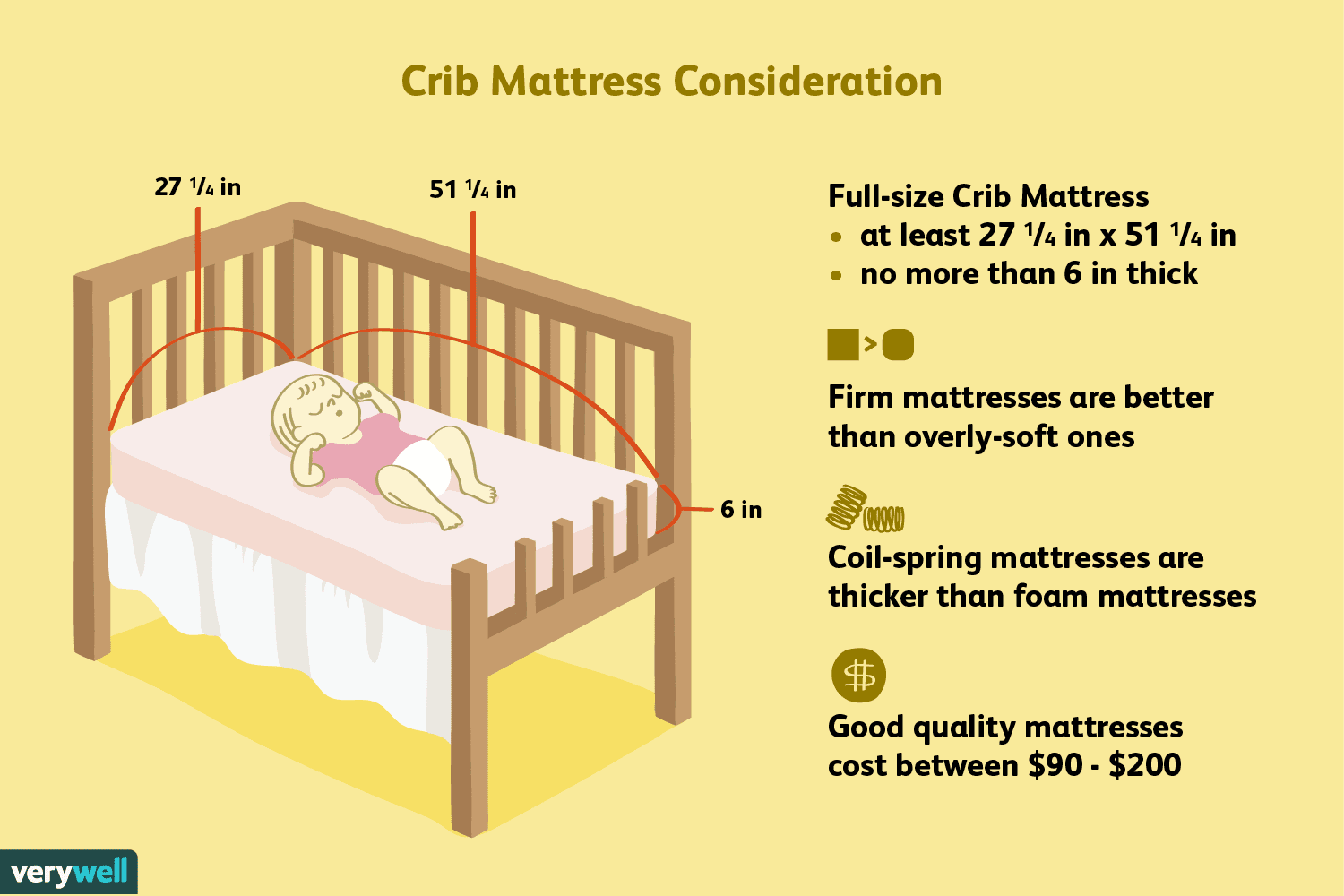
Firmness is an important factor when choosing a mattress for your child. A mattress that is too soft can lead to back pain and poor posture, while a mattress that is too firm may be uncomfortable. A mattress for a child should be firm enough to support their body adequately and contour to their body shape.
- Choose a supportive mattress. Mattresses with coils, foam layers, or a combination of both provide good support. Look for an option that is designed specifically for children.
- Test it out. If possible, take your child to the store and let them test out the mattress before buying. Ask them if they feel comfortable on it and if it supports their body.
- Consider your child’s age. Younger children may need a softer mattress, while older children may require something with more support. Be sure to find an option that is appropriate for your child’s age.
Overall, the firmness of a mattress for your child should be determined by their age, body type, and any health conditions they may have. It is important to find a mattress that will provide comfort and support while they sleep.
Factors to Consider When Choosing a Mattress for Your Child
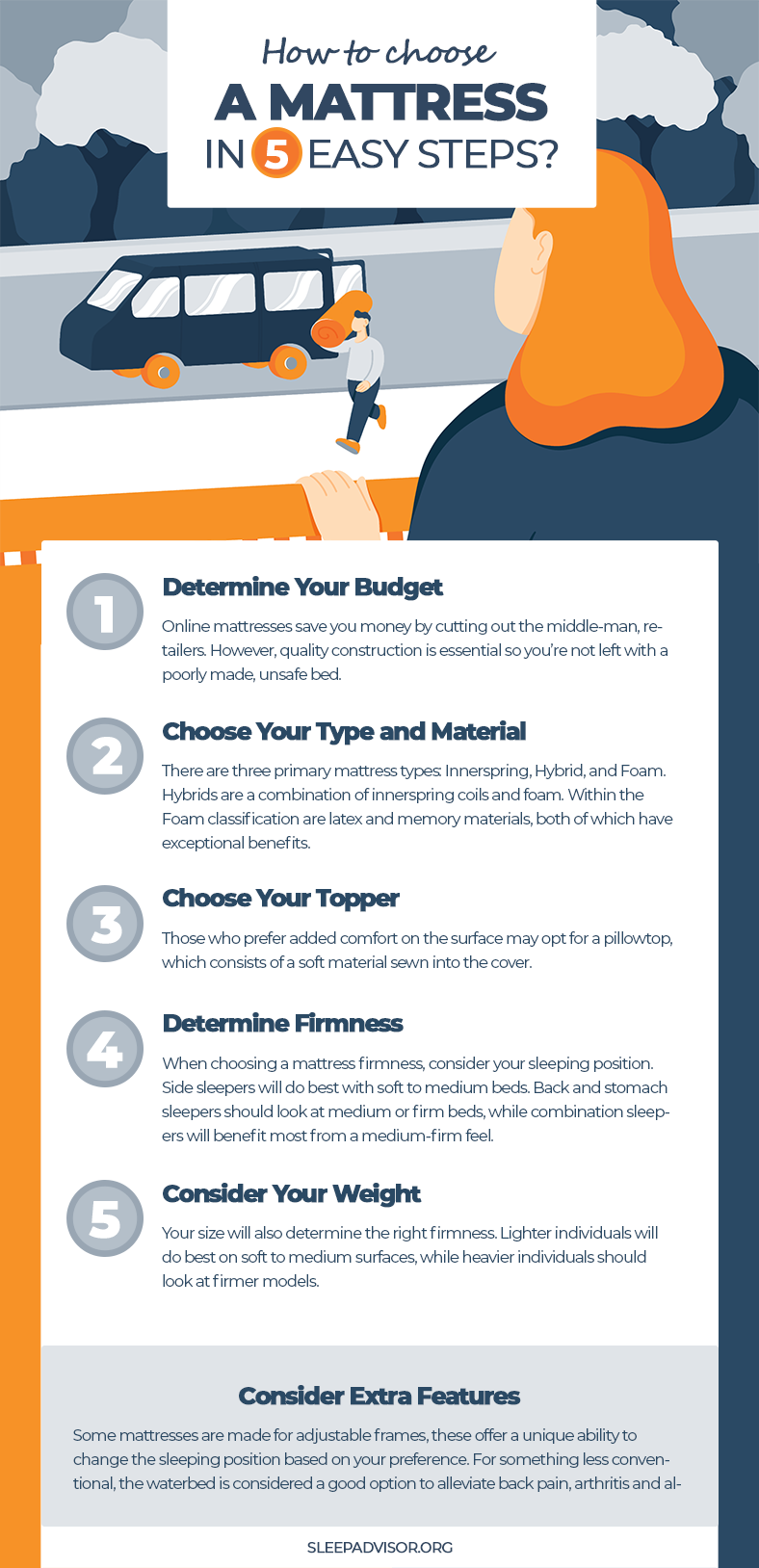
Size
When selecting a mattress for your child, size is an important factor to consider. A mattress that is too small may be uncomfortable and leave your child feeling cramped. On the other hand, a mattress that is too big may be difficult to maneuver and could be a safety hazard. It is important to choose a mattress that is the right size for your child so they can get a good night’s sleep.
Comfort
When choosing a mattress for your child, comfort should be a top priority. A mattress that is too firm may be uncomfortable and can lead to a restless night’s sleep. On the other hand, a mattress that is too soft may cause back and neck pain. It is important to find a mattress that provides the right amount of support and cushioning for your child.
Durability
Durability is another important factor to consider when choosing a mattress for your child. Kids can be rough on their beds, so it is important to find a mattress that is built to last. Look for a mattress that is made from high-quality materials and is designed to stand up to regular use.
Price
Price is always a factor when selecting a mattress for your child. While it is important to find a mattress that is within your budget, it is also important to consider the other factors such as size, comfort, and durability. Investing in a quality mattress that will last is often worth the extra expense.
Tips for Choosing the Perfect Mattress for Your Child
Size & Type: Consider your child’s height, weight, and sleeping position. A wider mattress is recommended for older children, while a twin size is ideal for younger children. Also consider the type of mattress such as foam, innerspring, or hybrid.
Comfort & Support: Comfort is key and should be the main priority. Look for mattresses with good breathability, temperature regulation, and adequate support. Consider getting a mattress with adjustable layers for maximum comfort.
Spine Alignment: A mattress should provide enough support for your child’s spine and body. Look for a mattress that contours to your child’s body shape and offers good lumbar support.
Durability: It’s important to find a mattress that will last for years. Look for mattresses with high-quality materials, strong edge support, and a good warranty.
Price: While price isn’t the most important factor, it should still be taken into consideration. Look for mattresses with good value and don’t be afraid to shop around.
Additional Considerations
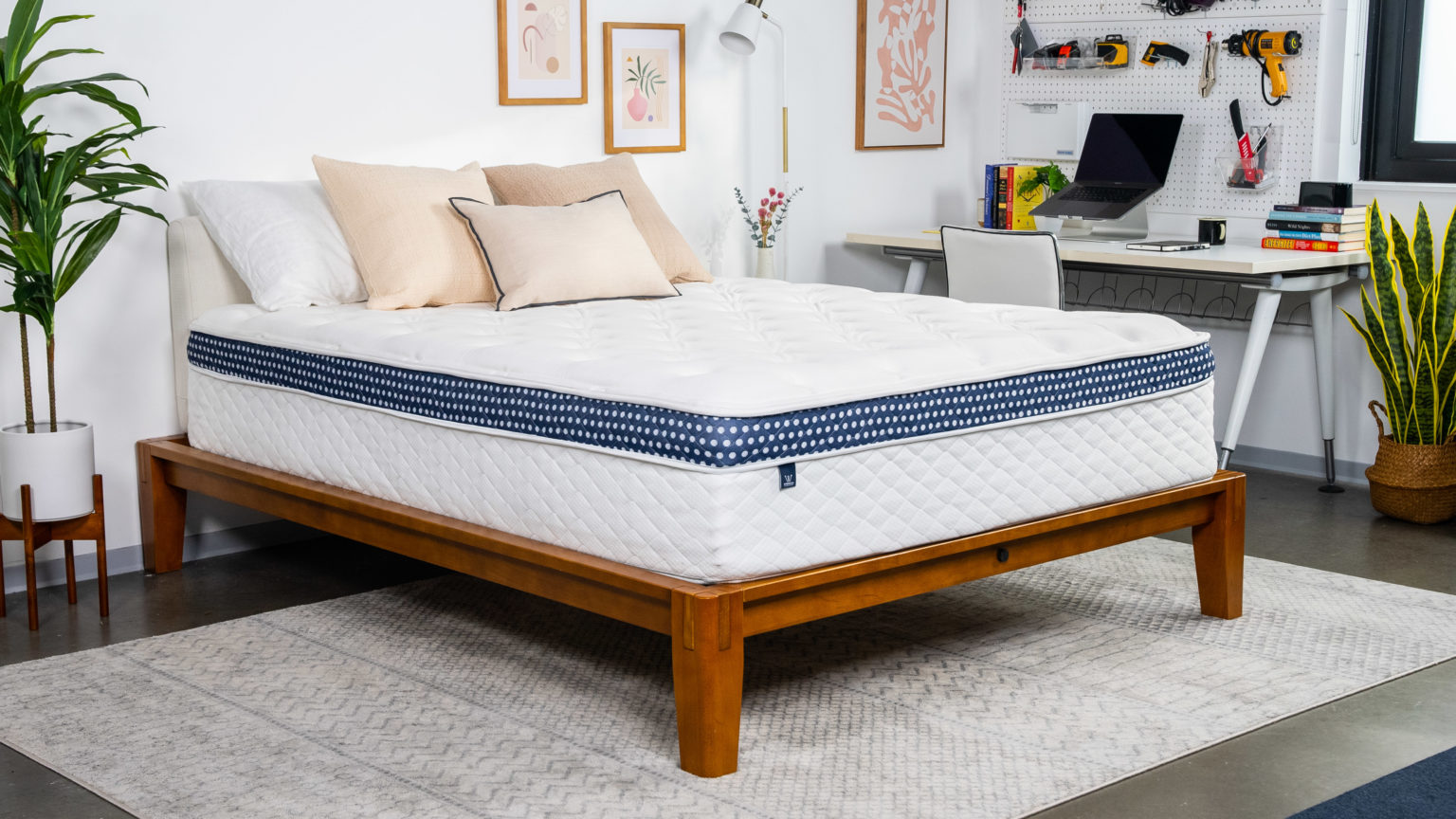
When choosing the perfect mattress for your child, there are a few other things to consider. Safety should be a priority, so look for mattresses that are certified by the Consumer Product Safety Commission (CPSC) or American Society for Testing and Materials (ASTM). Additionally, if your child has allergies, look for hypoallergenic mattresses that are dust mite-proof, antimicrobial, and resistant to mold.
You should also consider the size of the mattress. A full-size mattress may be too large for a toddler, so a twin-size mattress may be more appropriate. It is important to make sure that the mattress fits the bed frame and will not be too small or too large.
Finally, consider the durability of the mattress. Your child will be growing quickly, so you will want to make sure that the mattress is made of high-quality materials that will last. You should also look for mattresses that are resistant to staining and easy to clean.
| Consideration | Description |
|---|---|
| Safety | Look for mattresses certified by the CPSC or ASTM. |
| Size | Make sure the mattress fits the bed frame. |
| Durability | Look for high-quality materials that are resistant to staining and easy to clean. |
Safety
| Criteria | Action |
| Look for CertiPUR-US® certification. | CertiPUR-US® is an independent, third-party certification and testing program that ensures the mattress is made without PBDEs, TDCPP or TCEP (“Tris”) flame retardants, mercury, lead, and other heavy metals, formaldehyde, and phthalates. |
| Check the mattress for ventilation. | Ventilation helps promote air flow and reduce heat accumulation, helping to create a cooler sleeping environment for your child. |
| Choose fire-resistant mattresses. | Look for mattresses that are treated with a fire-resistant material. |
| Check the mattress for any manufacturing defects. | Make sure the mattress is free of any manufacturing defects before you purchase it. |
Making sure that your child’s mattress is safe is just as important as making sure it is comfortable. When shopping for a mattress, look for CertiPUR-US® certification, check for ventilation, opt for a fire-resistant mattress, and inspect it for any manufacturing defects.
Frequently Asked Questions
What size mattress should I buy for my child?
The size of mattress you buy for your child depends on the age, height and sleeping habits of your child. Generally, for kids up to 8 years old, a twin-size mattress is the best option. For older kids, a full-size mattress provides more space for growth. If your child is taller, you can consider an extra-long twin-size mattress. Additionally, if you have more than one child sharing a bed, you can consider a queen-size mattress.
When selecting a mattress for your child, make sure to measure your child’s room to ensure the mattress will fit properly. Consider the type of mattress your child prefers; some may prefer a firmer mattress while others may want a softer mattress. Additionally, look for mattresses with CertiPUR-US certified foam, which is designed to provide comfort and support without any harmful chemicals.
How often should I replace my child’s mattress?
- Every 5-7 years: After 5-7 years, the foam, pillowtop, or hybrid mattress your child is sleeping on may start to lose its shape, providing less support and comfort.
- When it has wear and tear: If your child’s mattress has lumps, bumps, sags, and exposed springs, it’s probably time to replace it.
- When it gets stained or soiled: If your child’s mattress is stained or soiled, it should be replaced. This is especially true if you can’t get the stain out or it has an unpleasant odour.
It’s also a good idea to replace your child’s mattress every time they graduate to a new bed size, such as a twin, full, or queen. This will ensure your child has a mattress that is the right size and shape for their growing body.
What Type of Mattress is Best for a Growing Child?
For growing children, a mattress that is firm and supportive is essential. It should be able to provide support for the child’s developing body, while being comfortable enough for a good night’s sleep. Look for mattresses with good spine support and those that are breathable to keep your child cool during the night. An adjustable mattress can also be beneficial as it can be tailored to the changing needs of a growing child.
What are the Benefits of a Firmer Mattress?
Firmer mattresses offer a number of key benefits for children’s sleep:
- Firmer mattresses provide more support for back and spine development, reducing the risk of back pain later in life.
- They are also better suited for growing children, as they are less likely to sink into the mattress and cause misalignment of the spine.
- Firmer mattresses also reduce the risk of SIDS (Sudden Infant Death Syndrome) in infants.
- Finally, firmer mattresses are better at controlling motion transfer, so a child’s sleep won’t be disturbed by a sleeping partner’s movements.
Are there any Safety Considerations when Choosing a Mattress for my Child?
When choosing the perfect mattress for your child, it is important to consider their safety. Here are some tips to consider:
1. Choose a mattress designed for a child. Mattresses designed specifically for children come with safety features such as breathable fabrics and materials that are resistant to dust mites, allergens, and bacteria.
2. Check for certifications. Make sure that the mattress you choose is certified by a third-party organization such as CertiPUR-US, which ensures the mattress has been tested for toxins and emissions.
3. Avoid second-hand mattresses. Second-hand mattresses may contain invisible contaminants, such as dust mites, and may have been exposed to chemicals or other substances. It is best to buy a new mattress for your child.
4. Consider the size. Make sure the mattress is the correct size for your child’s bed. A mattress that is too big or too small can be dangerous, as it could lead to your child becoming trapped or falling out of bed.
5. Check for comfort. Make sure the mattress provides the correct support and comfort for your child. A mattress that is too soft or too firm can cause discomfort and make it difficult for your child to sleep.
By following these safety considerations, you can ensure that your child has a safe and comfortable sleep.
Conclusion
When choosing a mattress for your child, make sure to consider their age and sleep needs. Test different mattress options to find the one that provides the best combination of comfort, support, and value. Ensure the mattress is safe and non-toxic. With the right mattress, your child can enjoy a good night’s sleep and wake up feeling refreshed.
